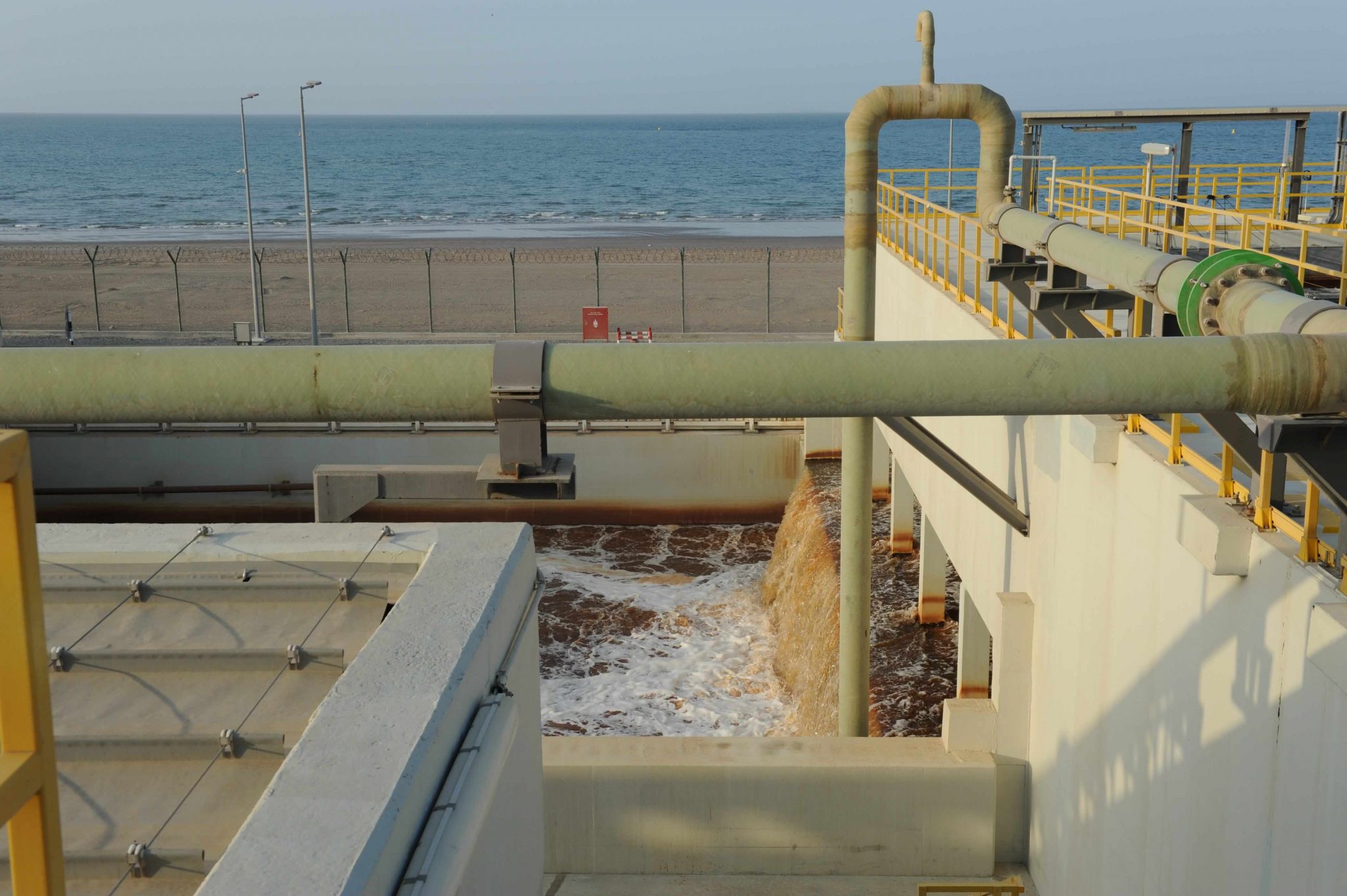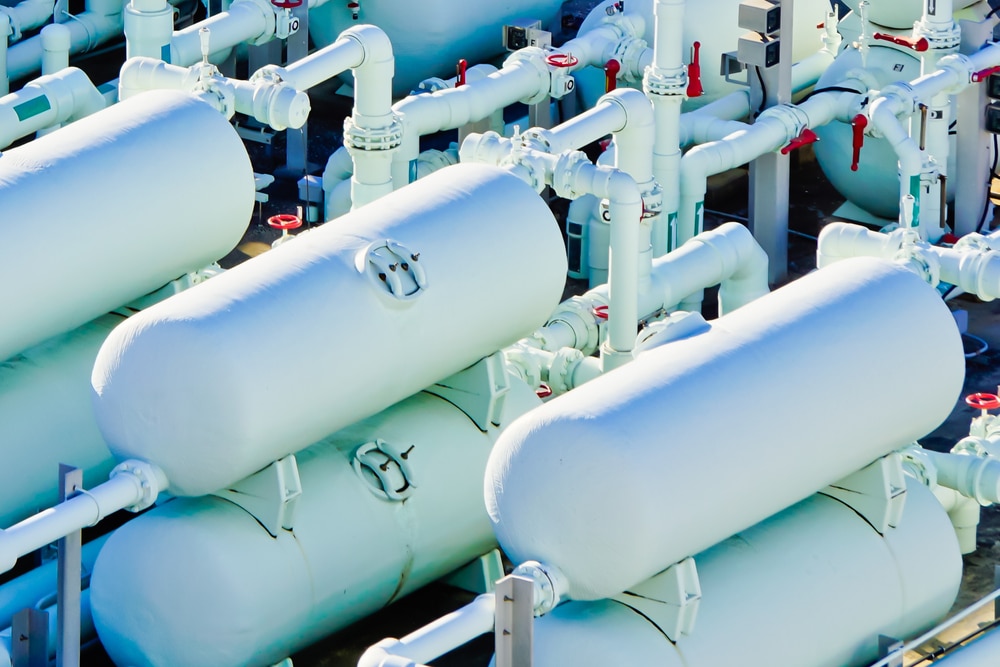How is sea water desalination performed?
Seawater desalination is one of the important means to solve the problem of fresh water resource shortage. Its processes are diverse. The main methods and processes of sea water desalination will be introduced below.
1. Distillation method
Distillation is one of the traditional methods of seawater desalination. Its basic principle is to evaporate water by heating seawater, and then condense the evaporated water vapor into fresh water. Multi-stage flash evaporation is one of the distillation methods that evaporates seawater at different pressures through a multi-stage still to improve desalination efficiency.
2. Reverse osmosis method
Reverse osmosis method is currently one of the most widely used technologies for sea water desalination. This method intercepts salt and impurities in seawater through a semipermeable membrane, allowing only water molecules to pass through, thereby obtaining fresh water. The reverse osmosis method has the advantages of simple operation and low energy consumption, so it is widely used in sea water desalination plants.
3. Other methods
In addition to distillation and reverse osmosis, there are some other sea water desalination methods, such as ion exchange, electrodialysis, etc. Each of these methods has its own characteristics and can be selected and used according to the actual situation.

What is the application scope of reverse osmosis sea water desalination?
1. sea water desalination plant
The reverse osmosis method is widely used in sea water desalination plants. These sea water desalination plants are usually located near the coastline and can convert large amounts of seawater into fresh water to supply residential, industrial and agricultural water.
2. Emergency rescue
Reverse osmosis seawater desalination equipment is also widely used in emergency rescue and post-disaster reconstruction. When a natural disaster or humanitarian crisis occurs, these devices can be quickly deployed to provide living and drinking water to the affected areas.
3. Water supply to remote areas
Reverse osmosis sea water desalination equipment is also used in water supply projects in remote areas, such as desert areas, isolated islands and ships, etc., solving the problem of lack of fresh water resources in these areas.

What are the advantages and disadvantages of distillation and reverse osmosis in seawater desalination?
1. Advantages and disadvantages of distillation method
The advantages of the distillation method are its simple operation, wide application range and high quality of produced water. However, the distillation method also has shortcomings such as high energy consumption, large-scale equipment, and high operating costs, especially when applied on a large scale.
2. Advantages and disadvantages of reverse osmosis method
The advantages of the reverse osmosis method are its high efficiency, energy saving, relatively small equipment, and flexible operation. However, the reverse osmosis method also faces challenges such as the need for pretreatment, membrane modules that are susceptible to contamination, high-pressure operation, and higher requirements for water quality.
3. Comprehensive comparison and application selection
In practical applications, choosing an appropriate seawater desalination method requires comprehensive consideration of various factors, including water quality requirements, equipment costs, operating energy consumption, site conditions, etc. Distillation or reverse osmosis is chosen on a case-by-case basis to achieve the best economic and environmental benefits.

What is the environmental impact and sustainability of sea water desalination technology?
1. Environmental Impact Assessment
The actual application of seawater desalination technology will have an impact on the surrounding environment, such as wastewater discharge, energy consumption, etc. Conducting environmental impact assessment can provide a comprehensive understanding of its impact on the ecological environment and provide a basis for environmental protection.
2. Wastewater treatment and resource recovery
Wastewater generated during sea water desalination needs to be treated to avoid negative impacts on the surrounding marine ecosystem. At the same time, valuable components contained in wastewater can also be recycled to improve water resource utilization efficiency.
3. Sustainability considerations
In the development and application of sea water desalination technology, its sustainability needs to be considered. Including resource utilization efficiency, energy consumption, impact on the ecological environment, etc., to ensure that sea water desalination technology can continue to function stably in long-term applications.
The environmental impact and sustainability of seawater desalination technology are one of the important issues of current concern. By comprehensively assessing its environmental impact, optimizing wastewater treatment and resource recovery technology, and improving the sustainability of the technology, the application of seawater desalination technology can be better promoted and contribute to the sustainable development of human society.




